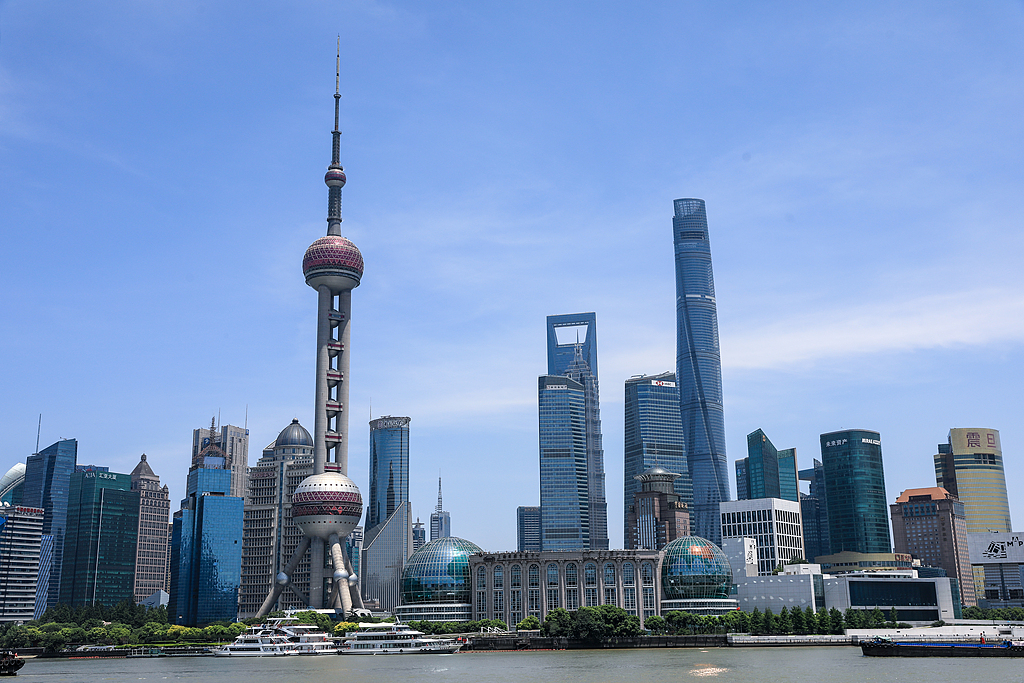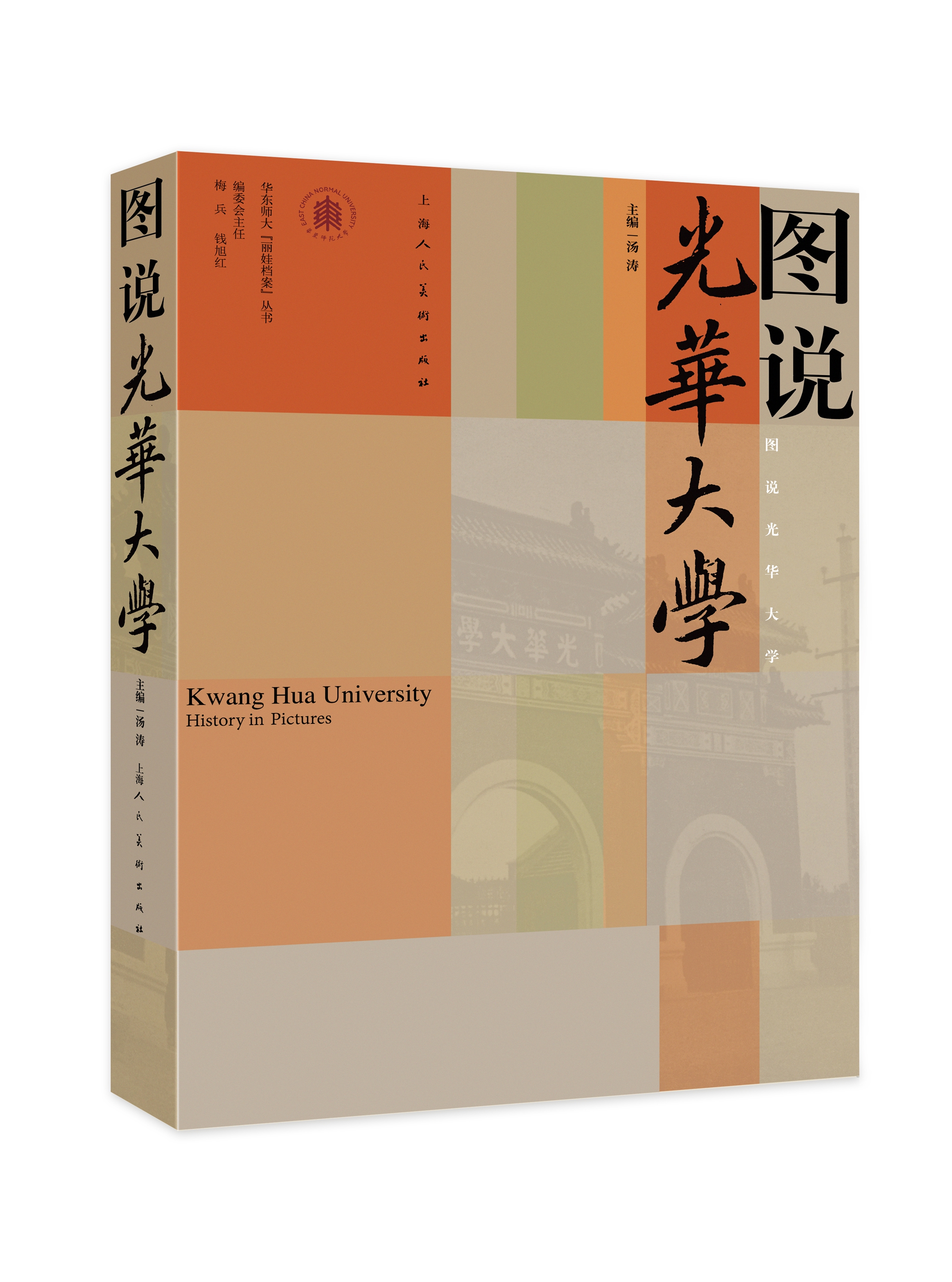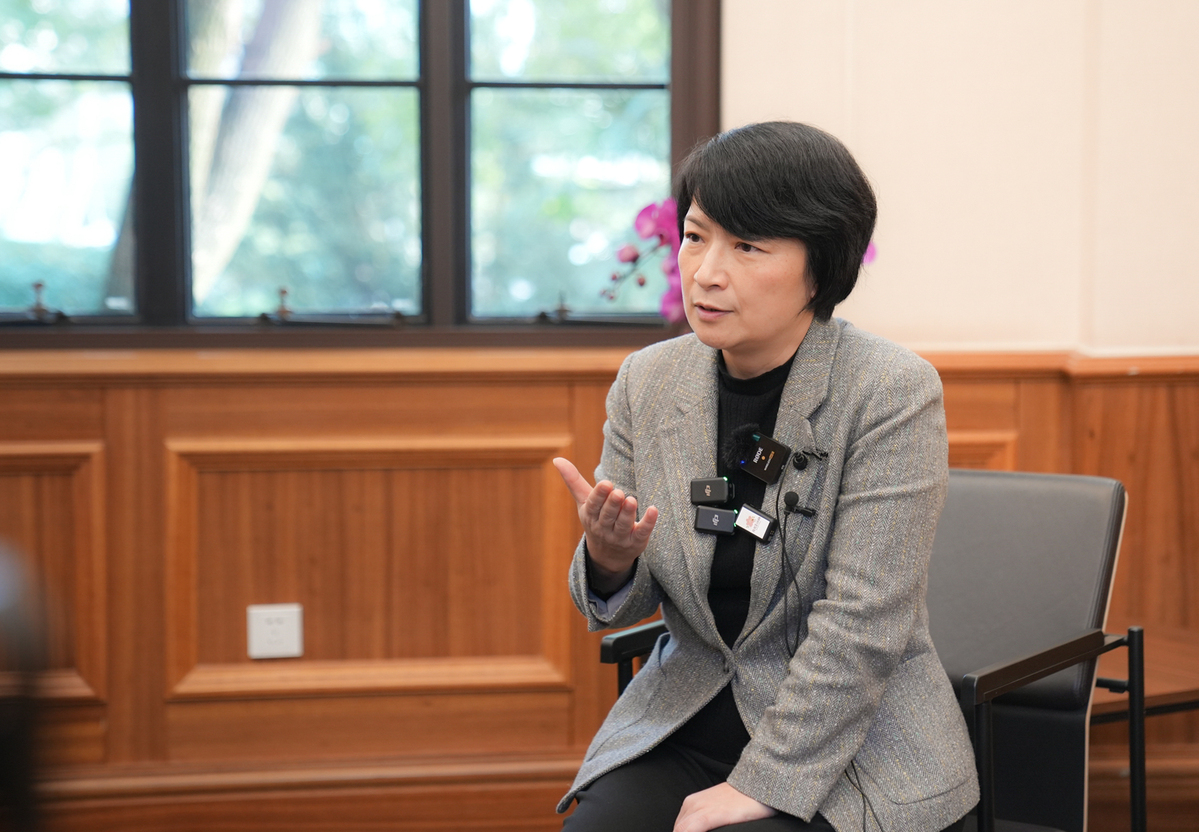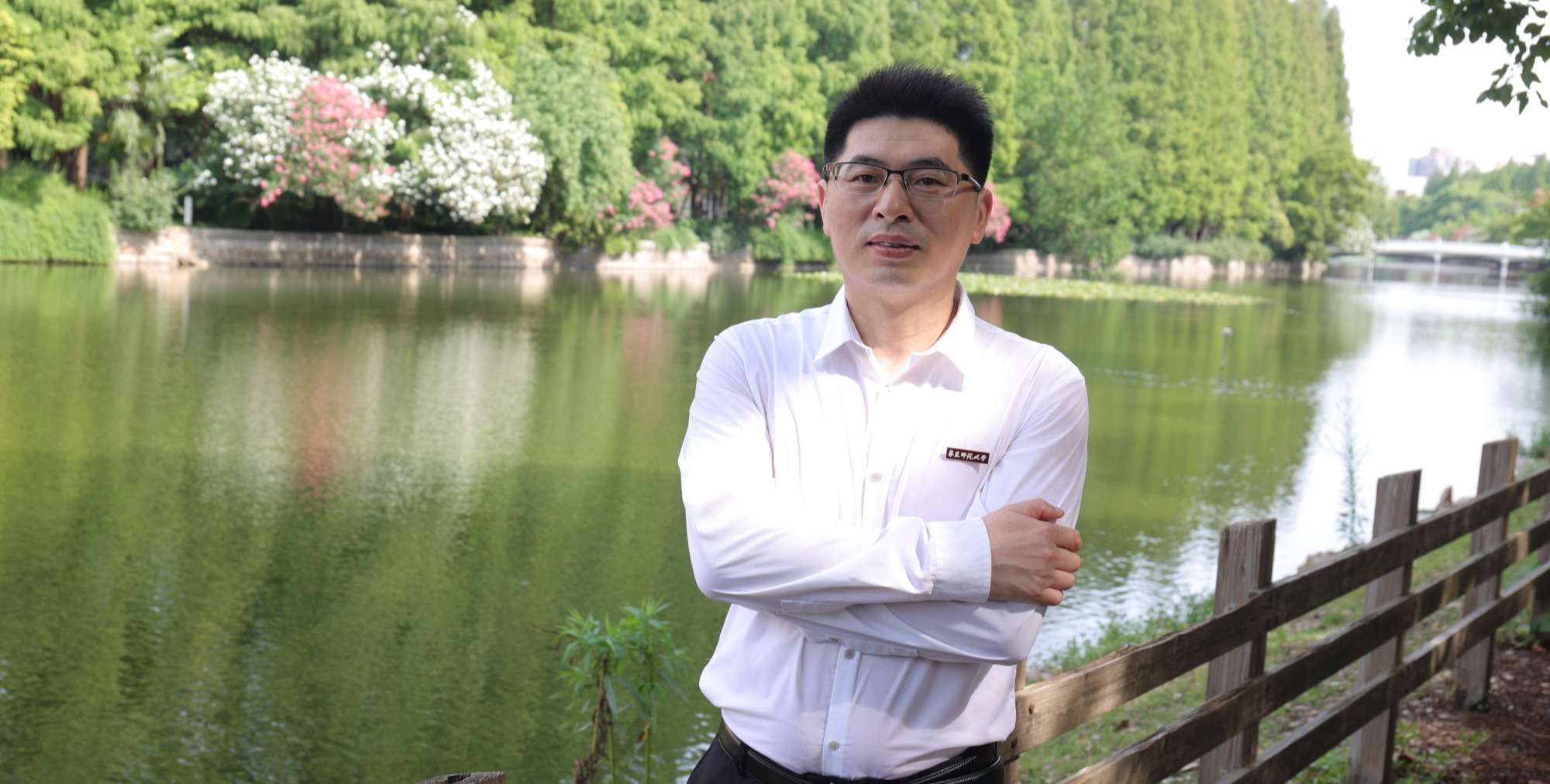One of ECNU’s scientists published outstanding results on cyanobacteria phenotypic plasticity in Science Advances last week. Ji Xing is an assistant researcher at ECNU’s School of Ecology and Environmental Sciences who works in cooperation with the University of Amsterdam, the Royal Academy of Sciences, and the University of Bremen in Germany.
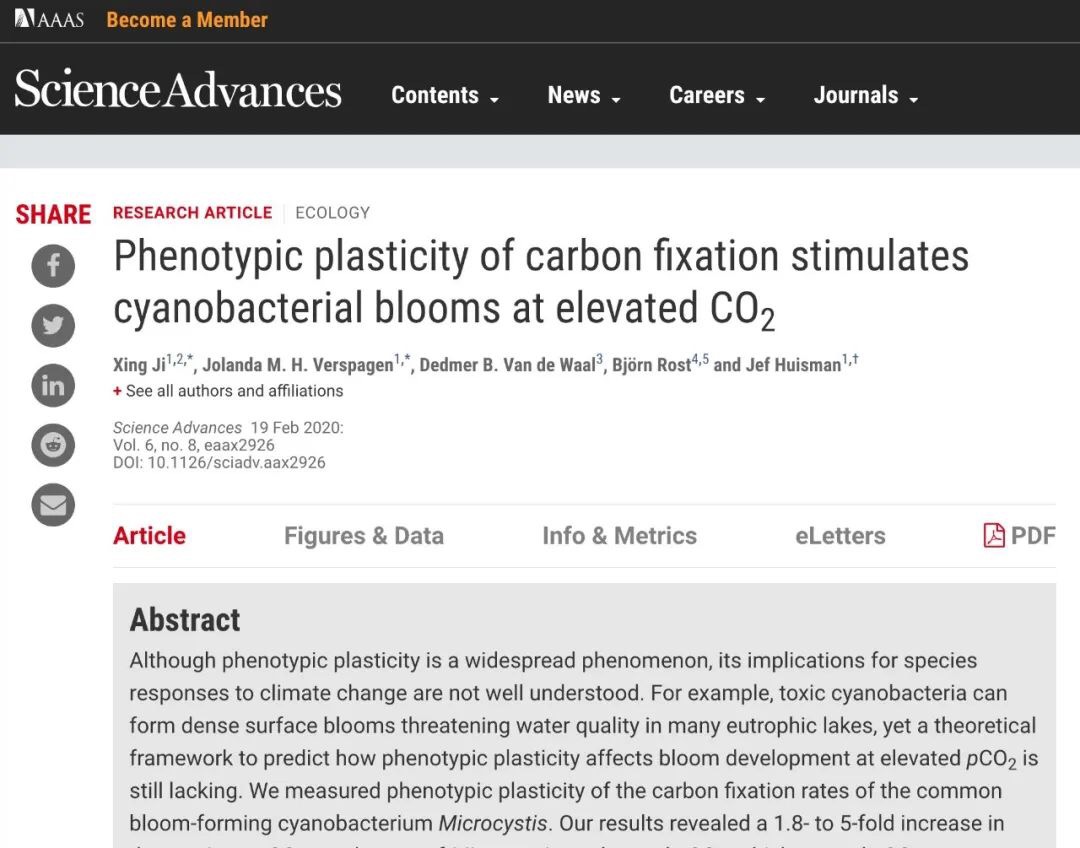
Science Advances, FEBRUARY 2020 VOL 6, ISSUE 8.
According to Ji Xing, phenotypic plasticity is a widespread phenomenon. Even though the implications for varied responses to climate change are not well understood.
The study of cyanobacteria phenotypic plasticity combines laboratory data with mathematical model simulations. The results show that under the condition of increasing CO2 concentration in water, harmful algae cyanobacteria may be exacerbated by the effects of climate change.
Study on the mechanism of the blooming cyanobacteria has become one of the heated debates both at home and abroad, but most of the studies focus on eutrophication of water bodies, while theoretical research on climate change is not sufficient enough.”
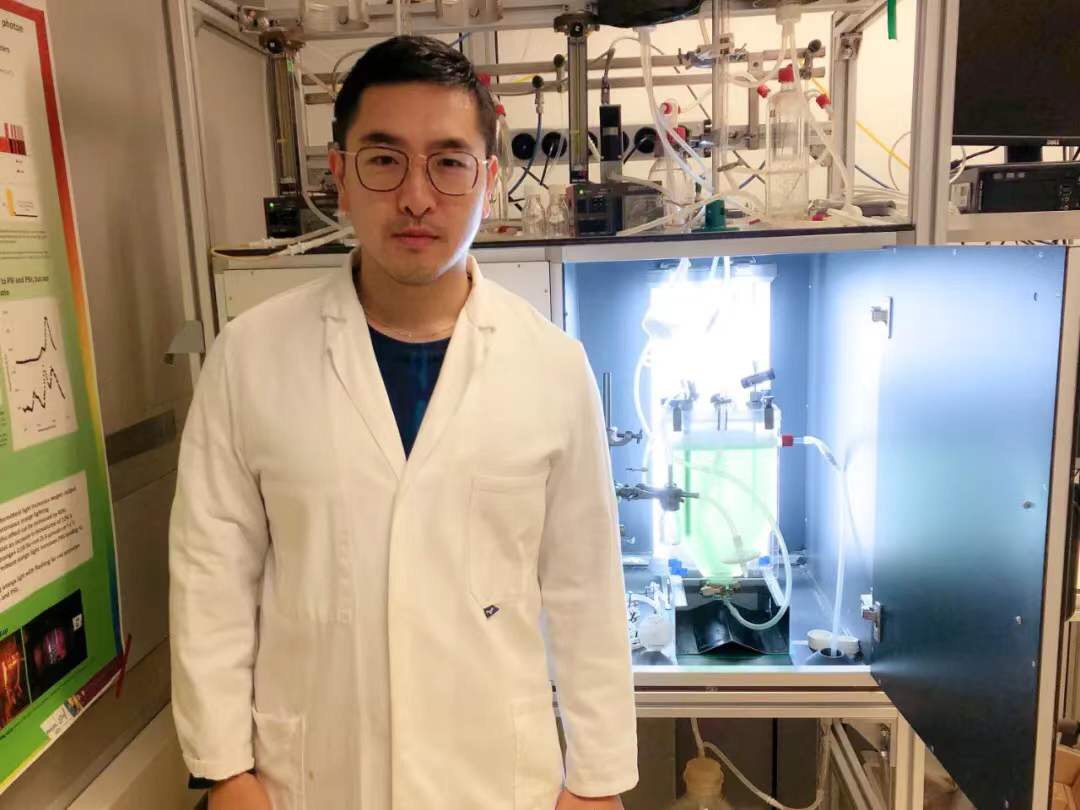
Ji Xing, an assistant researcher at ECNU’s School of Ecology and Environmental Sciences.
During the summer, the water quality of lakes and ponds is threatened by toxic cyanobacteria. A large number of cyanobacteria outbreaks can cause water to bloom, posing a hidden danger to aquatic ecosystems that affect drinking-water.
Cyanobacteria contains a variety of algal toxins, which can threaten the lives of birds, mammals and humans indirectly. Certain algal toxins cause nausea, dizziness, and even do harm to the human liver, with extremely negative impacts on the aquatic entertainment industry, safety of drinking-water, and fisheries.
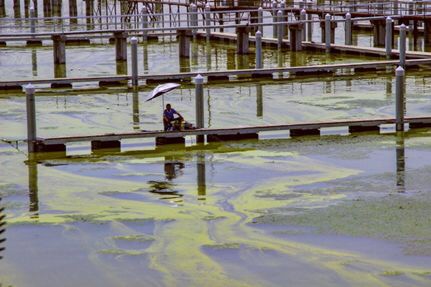
The cyanobacteria outbreaks.
In nature, the phenotypic plasticity of species is a universal phenomenon. But nowadays, the significance of its response to climate and environmental changes has not been well understood.
The theory of phenotypic plasticity implies that the biological characteristics of species are changing, and the same individual genotype is likely to evolve into more individual phenotypes according to the changes in environmental conditions.
In algae ecology, the response of a single algae species to the changes in temperature and CO2 is likely to vary depending on the climate and environment in which the algae species previously grew in.
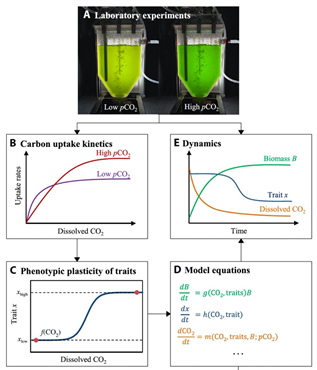
The concept and research methods of Ji Xing’s thesis predict more accurately what the species' response is to climate change. Phenotypic plasticity is given more consideration in the their work below.
Figure A: Single Microcystis aeruginosa is cultured in a customized bioreactor under low concentration of CO2 and high concentration CO2 conditions.
Figure B: When the algal cells reach a steady state of growth, their carbon utilization kinetics are tracked and measured separately.
Figure C: The measured data is included in the mathematical model for consideration. Figure D: This model can be used to predict algae population density, absorption dynamics, and dynamic changes in inorganic carbon utilization.
Figure E: Model predictions can be verified by comparing experimental results with bioreactors.
In their article, the work treats phenotypic plasticity as traits of organisms that are not constant. For example, the same genotype may display different phenotypes depending on prevailing environmental conditions.
The conclusion states that mathematical models validated by laboratory data can be used to infer how the phenotypic plasticity of algae cyanobacteria responds to the increase of atmospheric CO2. More precisely, any assumptions for the scale of cyanobacteria must be judged within the scale of the lake.
Ji Xing’s team was applauded by the scientific community for their innovative approach. They found that under the condition of increased concentration of CO2, applied membrane injection mass spectrometry can increase to 5 times in a low concentration of CO2 environment. The maximum CO2 absorption rate of the blooms Microcystis aeruginosa is also an unprecedented discovery. This research stands out among the studies of phenotypic plasticity of carbon sequestration in freshwater algae.
Edited by Siyuan Zhang
Proofread by Joshua Mayfield
